The macadamia nuts they are the fruit of macadamiaa genus of plants belonging to the family of Proteaceae originating from Australia. These nuts are appreciated and sold all over the world as they are very nutritious and tasty. They are in fact a dried fruit rich in healthy fats, proteins, fibers, vitamins and minerals, and can be used as an ingredient in many sweet and savory recipes. It is to all intents and purposes an exotic fruit, as it is grown exclusively in tropical and sub-tropical areas of the world.
In this article, we learn more about the origins and diffusion of macadamia trees and see what are the most common properties and uses of its nuts.
Origins and diffusion of macadamia nuts
Macadamia nuts are native to the rainforest of northern Queensland and New South Wales in Australia. They were first discovered by Europeans in 1828 Scottish botanist Allan Cunninghamwho called them Bauple nuts in memory of the village where he discovered them. However, the scientific name macadamia it was given in honor of Australian physician and scientist John Macadam.
Today these plants are grown in several subtropical and tropical countries of the world. After Australia, the largest producer in the world are the Hawaiian Islands, where there were the first intensive cultivation of macadamia nuts from trees imported from Australia. Other countries where the crop is widespread are: United States, South Africa, Kenya, Israel, Brazil, Honduras, Guatemala and Argentina.
What Macadamia Species Produce Edible Fruits?
The genre macadamia it includes four species, two of which produce edible fruit. The best known and with the most valuable nuts is Macadamia integrifolia. The other species of commercial interest is M. tetraphyllawhile the species M. jansenii And M. ternifolia they do not produce fruit suitable for human consumption due to the presence of a toxic glycoside.
What are the botanical characteristics of Macadamia integrifolia?
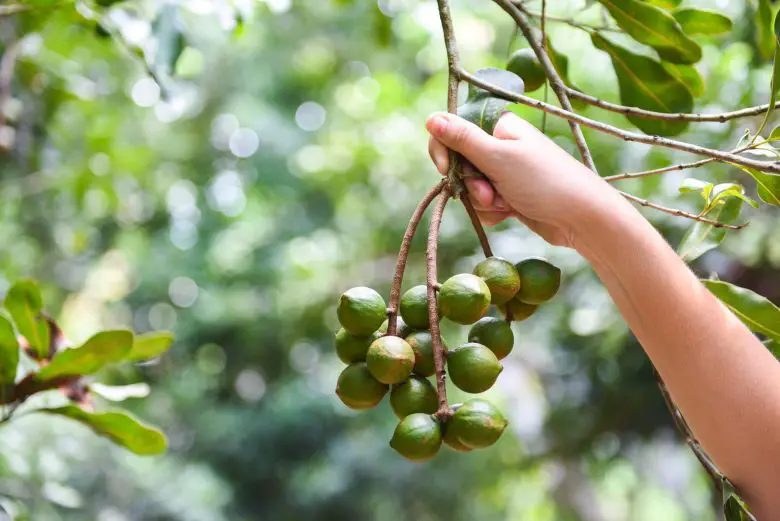
There Macadamia integrifolia it is an evergreen tree that can reach a height of 15-20 meters. Its leaves are large and leathery, oval or oblong in shape, 10-30 cm long and 3-13 cm wide. They are bright green on the upper side and paler on the underside.
The inflorescences of Macadamia integrifolia they are racemes of 10-30 male or female flowers, with a diameter of about 1 cm. The flowers are creamy-white in color and have a sponge-like structure.
The fruits, i.e. the nuts, are round in shape, with a diameter of about 2-3.5 cm. The skin of the nuts is smooth and light green or tan in color, while the flesh is white and crunchy, rich in oil, and has a sweet, buttery flavor. Each nut contains an edible kernel, which is enclosed in a hard shell.
The plant is resistant to drought and high temperatures and requires a subtropical or tropical climate to grow. It is a slow growing plant, which takes 5 to 7 years to start producing fruit and about 10-12 years to reach full production.
How are they harvested and shelled?
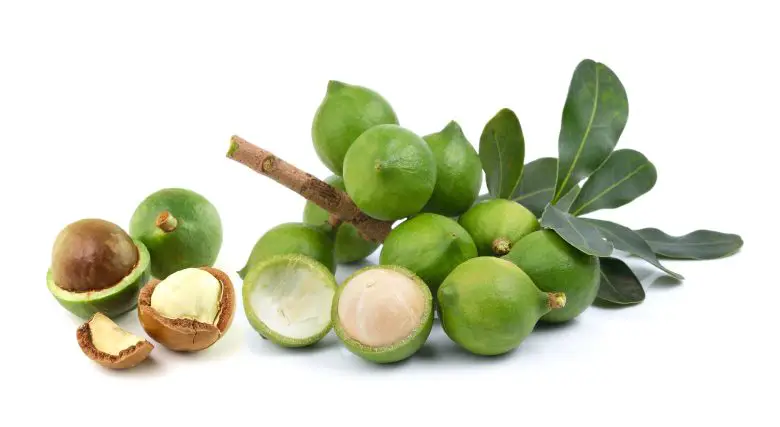
The harvesting and processing of macadamia nuts requires care and attention to avoid damaging the shells and the kernel inside.
Harvesting usually occurs when the fruit falls of its own accord from the tree, but it can also be harvested by hand. After harvesting, the fruits are placed in a cool, dry place to dry naturally. This drying process can take a few weeks depending on the weather conditions.
After drying, the fruits are shelled to remove the protective outer shell. There are several techniques for shelling macadamia nuts, but the most common method is to use pliers or a knife to break the shell, which is very hard. Alternatively, special tools such as pressure or vibrating shelling machines can be used.
Once shelled, macadamia nuts are often roasted to enhance their flavor and to extend their shelf life. Roasted nuts can be eaten as a snack or used in sweet and savory recipes.
What are the nutritional properties of Macadamia nuts?
Macadamia nuts are rich in nutrients and are considered a health food. Here are the nutritional properties per 100 g of product:
- Calories: 718 kcal
- Protein: 7.9 g
- Fat: 75.8 g
- Carbs: 13.8g
- Fibers: 8.6g
- Sugars: 4.6 g
- Sodium: 5mg
Macadamia nuts are rich in monounsaturated and polyunsaturated fats, including oleic acid and linoleic acid, which can help lower LDL cholesterol levels (so-called “bad cholesterol”) and improve heart health. In general, the fats found in these nuts are considered healthy and beneficial to your health, especially if you replace saturated fats with monounsaturated fats in your diet.
Macadamia nuts also contain antioxidants like vitamin E, which help protect cells from oxidative stress and may help reduce the risk of chronic diseases like cancer and heart disease. Plus, it’s a source of fiber and protein, which can help maintain a feeling of fullness and stabilize blood sugar levels. However, these dried fruits are also very high in calories, so they should be eaten in moderation as part of a balanced and healthy diet.
How do you eat macadamia nuts?
Macadamia nuts are a versatile ingredient and can be used in many different ways in cooking. They are perfect for example as a healthy snack, eaten alone or together with other dried fruits (nuts, pecans, hazelnuts, almonds, pistachios etc). Coarsely chopped macadamia nuts are excellent as a topping for yogurt, cereal or fresh fruit. Always chopped, these exotic nuts can be added to salads for a crunchy and tasty touch.
With macadamia nuts it is possible to obtain an excellent sauce (by blending it together with garlic, olive oil, lemon juice and salt) to be used as a condiment for meat, fish or vegetables. Finally, these macadamia fruits can be used to prepare delicious desserts, such as cookies, brownies, cakes, pies and ice cream.
How much do macadamia nuts cost per kg?
Macadamia nuts must necessarily be imported from the producing countries and have a rather high cost per kg, between 30 and 40 euros, obviously shelled. We advise you to buy organic macadamia nuts and from reputable sellers. Here you will find a selection of products.
Who shouldn’t eat macadamia nuts?
In general, macadamia nuts are considered safe for most people when consumed in moderate amounts. However, some people may need to be wary of or completely avoid macadamia nuts for health reasons, such as food allergies or intolerances. Therefore, before consuming them on a continuous basis, pay attention to the reactions of your body after taking small quantities.
Are macadamia nuts toxic to pets?
A curiosity to which attention must be paid, however, is that macadamia nuts can be toxic to pets, especially dogs. It is still not entirely clear which toxic substance is present in nuts and is not tolerated by animals. Some of the more common symptoms seen in dogs after accidental ingestion include: vomiting, diarrhea, tremors, weakness, hyperthermia, increased heart rate, and difficulty breathing.
If you suspect a pet has ingested macadamia nuts, it’s important to seek veterinary attention immediately for evaluation and proper treatment. In general, to prevent any health problems, it is recommended to keep macadamia nuts out of the reach of pets.
Are macadamia nuts also used in cosmetics?
Macadamia oil, extracted from walnuts, is particularly appreciated in cosmetics for its ability to easily penetrate the skin without leaving an oily film.
It is often used in face and body moisturizers, hair conditioners, and massage oils. Thanks to its composition in fatty acids and antioxidants, this oil helps keep the skin supple and hydrated, reducing the appearance of wrinkles and other signs of aging. Furthermore, it is also used as a massage oil due to its light consistency and its ability to penetrate the skin easily. Thanks to its nourishing properties, macadamia oil also helps soothe muscle fatigue and reduce stress.

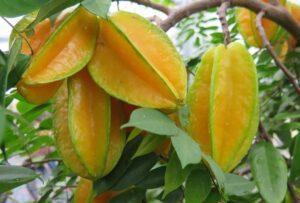
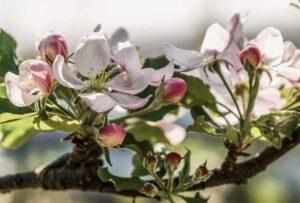
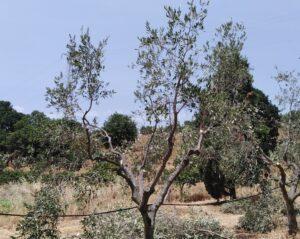
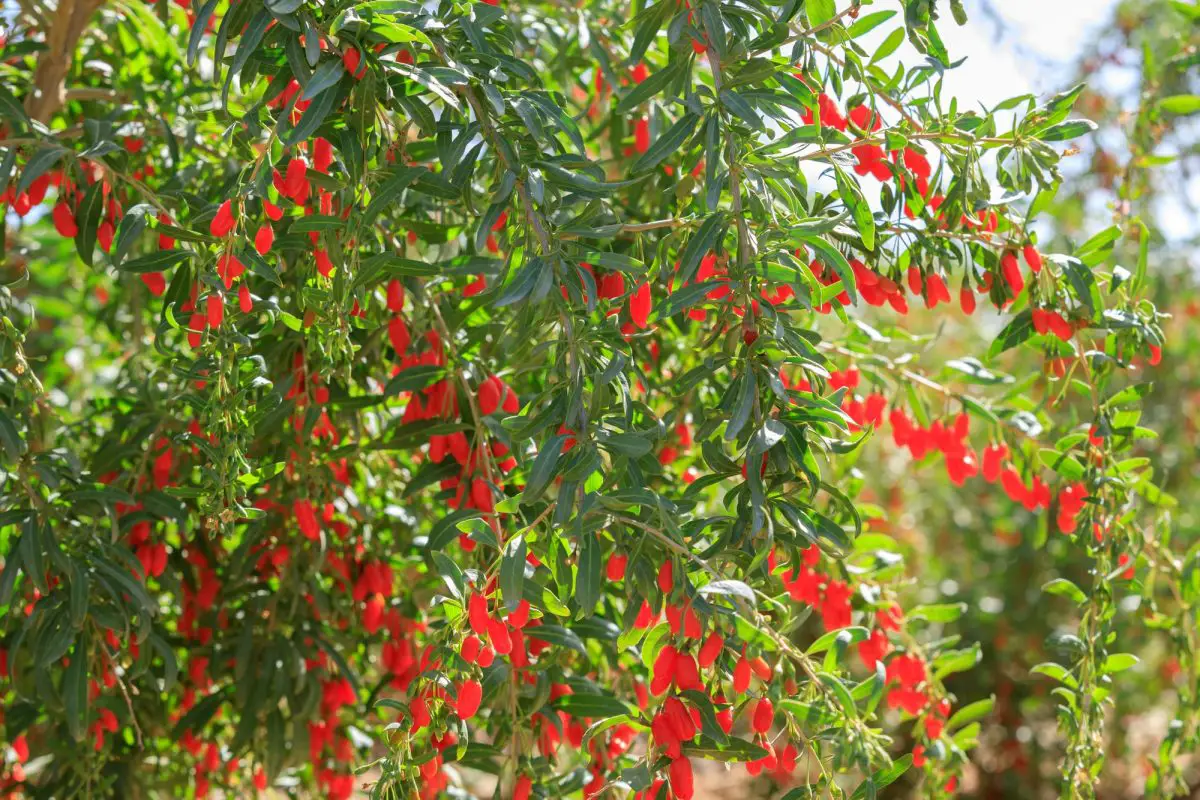
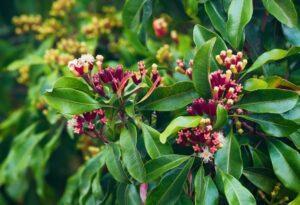
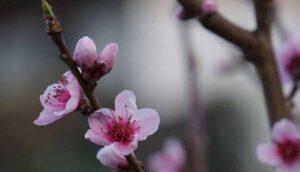
Start a new Thread